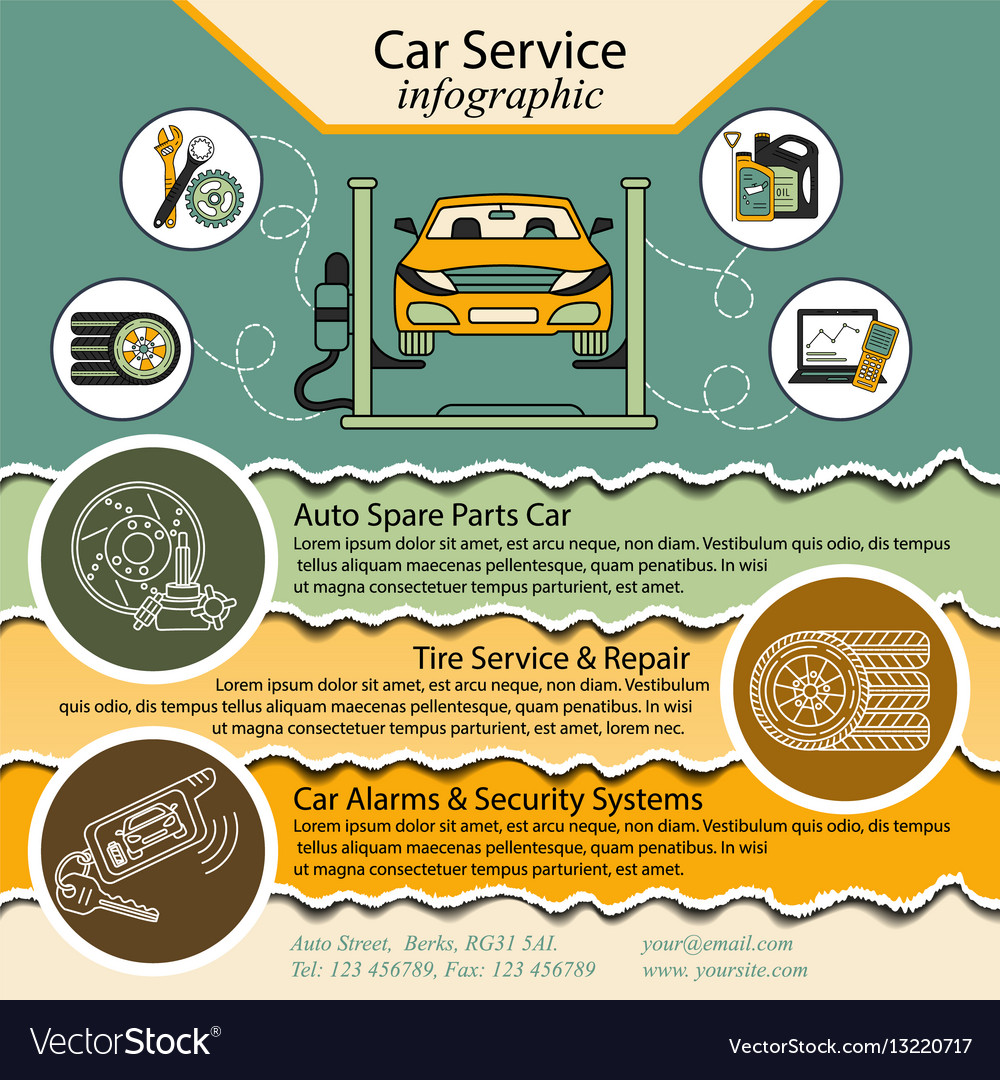Comprehending The Meaning Behind Your Vehicle'S Caution Lighting: An In-Depth Appearance
Comprehending The Meaning Behind Your Vehicle'S Caution Lighting: An In-Depth Appearance
Blog Article
Post Written By-Sykes Forbes
When you're behind the wheel, those beautiful warning lights on your dashboard can be a bit bewildering. Do you know what they're trying to inform you regarding your car's wellness? Comprehending the importance of these lights is vital for your safety and security and the durability of your automobile. So, the following time one of those lights appears, wouldn't you want to decipher its message precisely and take the needed actions to resolve it?
Common Warning Lighting and Interpretations
Recognize typical warning lights in your automobile and recognize their meanings to make sure secure driving.
The most regular warning lights include the check engine light, which signifies issues with the engine or emissions system. If auto upholstery cleaning comes on, it's essential to have your automobile checked without delay.
The oil stress warning light suggests low oil stress, requiring prompt interest to stop engine damage.
A blinking battery light may recommend a damaged billing system, possibly leaving you stranded otherwise addressed.
Suggested Studying (TPMS) light signals you to reduced tire stress, influencing automobile stability and gas performance. Ignoring this could result in hazardous driving problems.
The abdominal muscle light indicates an issue with the anti-lock braking system, compromising your capacity to stop rapidly in emergencies.
Finally, the coolant temperature level cautioning light warns of engine overheating, which can lead to extreme damage otherwise fixed swiftly.
Recognizing these typical caution lights will help you attend to problems quickly and preserve safe driving conditions.
Importance of Prompt Attention
Comprehending the typical caution lights in your cars and truck is just the first step; the importance of promptly resolving these cautions can not be highlighted sufficient to guarantee your safety and security when driving.
When a warning light brightens on your control panel, it's your cars and truck's method of communicating a potential issue that needs interest. Neglecting these cautions can bring about a lot more extreme issues later on, jeopardizing your safety and potentially costing you more out of commission.
Trigger focus to alerting lights can protect against malfunctions and mishaps. For example, a flashing check engine light could show a misfire that, if left unattended, can trigger damage to the catalytic converter. Addressing this immediately can save you from an expensive fixing.
Similarly, a brake system warning light could signal low brake fluid or worn brake pads, essential parts for your safety when driving.
Do It Yourself Troubleshooting Tips
If you discover a warning light on your control panel, there are a few DIY fixing tips you can attempt before looking for professional help.
The first step is to consult your auto's handbook to comprehend what the details caution light suggests. Occasionally the concern can be as straightforward as a loose gas cap activating the check engine light. Tightening the gas cap might fix the problem.
Another common problem is a low battery, which can trigger numerous advising lights. Checking the battery connections for deterioration and ensuring they're safe might deal with the issue.
If a warning light persists, you can attempt resetting it by disconnecting the vehicle's battery for a couple of mins and then reconnecting it. In paint correction , inspecting your automobile's liquid levels, such as oil, coolant, and brake fluid, can help fix cautioning lights connected to these systems.
Verdict
In conclusion, recognizing your car's caution lights is vital for maintaining your car running smoothly and safely. By immediately resolving these alerts and knowing what they suggest, you can stay clear of pricey fixings and prospective breakdowns.
Keep in mind to consult your car's guidebook for particular details on each cautioning light and take action appropriately to make certain a trouble-free driving experience.
Remain educated, stay safe when traveling!
